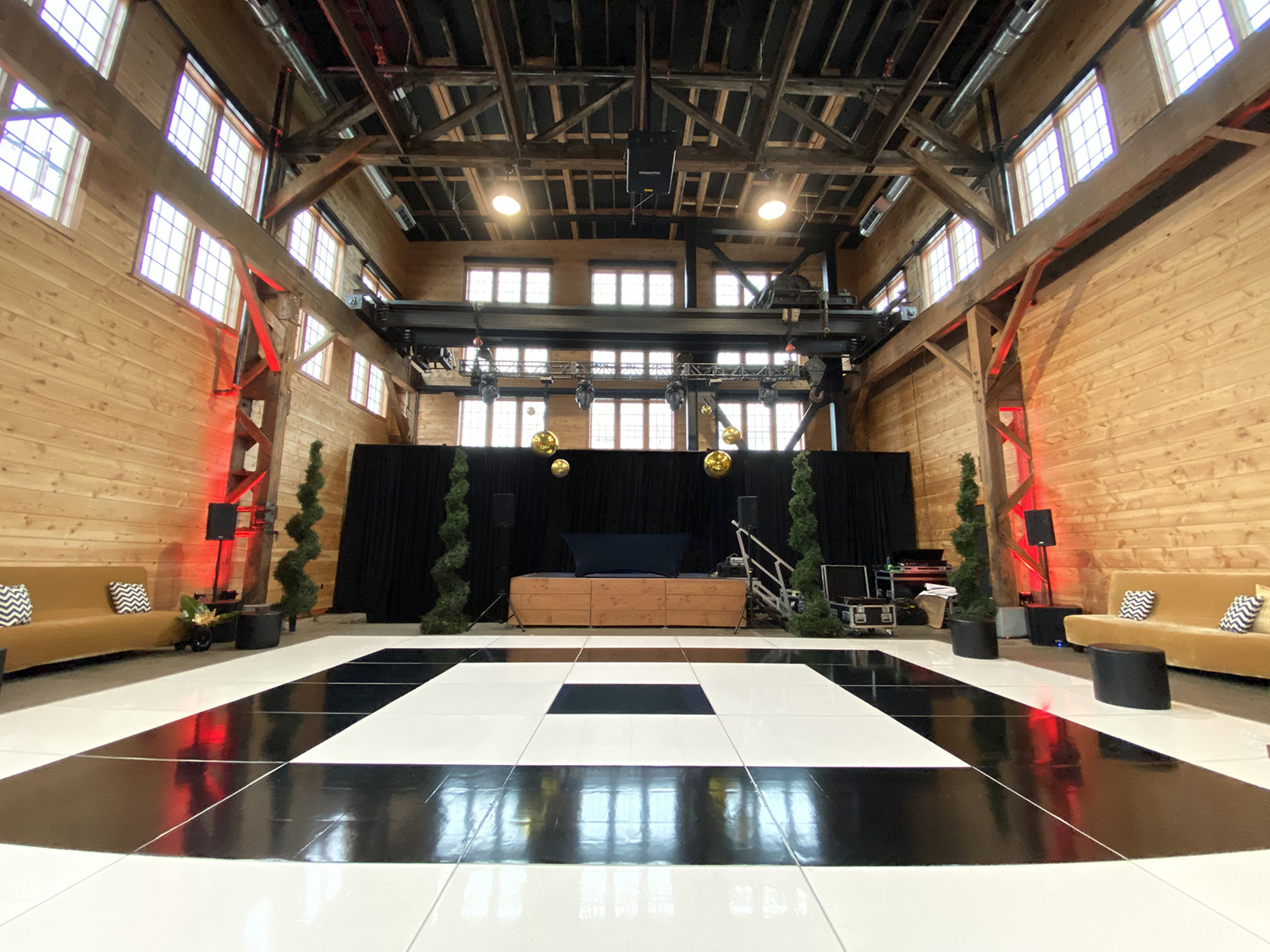
The main colors are red, blue, and yellow. These colors cannot be made by mixing other colors combined. Intermediate colors, such as green, orange, and purple, are created by mixing primary colors. Third-level hues are created by combining a main hue with a secondary color. Understanding these basic connections helps creators choose hues that complement one another and produce a aesthetically pleasing show. Mixing these hues on an light-emitting diode dancing floor can lead to dynamic and exciting outcomes that attract the focus of participants.
Color value also plays a crucial part in design. Hues can be categorized as hot or cool. Warm colors, such as crimson, tangerine, and yellow, often to evoke emotions of enthusiasm and heat. In contrast, chill hues like azure, green, and violet typically generate a calm and tranquil atmosphere. Designers can utilize these color temperatures to set the mood for different kinds of events. For instance, a party atmosphere may benefit from warm hues that invigorate the crowd, while a further calm occasion might use chill hues to offer a soothing effect.
In addition to color combinations and value, brightness and intensity are vital factors to take into account. Brightness denotes to how light or dark a color appears, while saturation measures the vividness of a hue. Vivid, intense colors can create a vibrant and energetic atmosphere, blog ideal for dance floors. On the contrary hand, gentler, less saturated hues can generate a more subdued atmosphere. By manipulating luminosity and intensity, creators can draw focus to specific sections of the dance more floor or create visual pathways, leading dancers through the space.
Finally, it is crucial to take into account the emotional impacts of hue in LED dancing surface layouts. Various colors can elicit various emotions and reactions. For instance, red is often linked with passion and energy, while azure can be soothing and peaceful. Understanding these associations enables creators to strategically apply colors to affect the actions of dancers. Through incorporating hue principles into LED dancing floor layouts, creators can enhance the overall encounter, making it unforgettable and enjoyable for all involved.